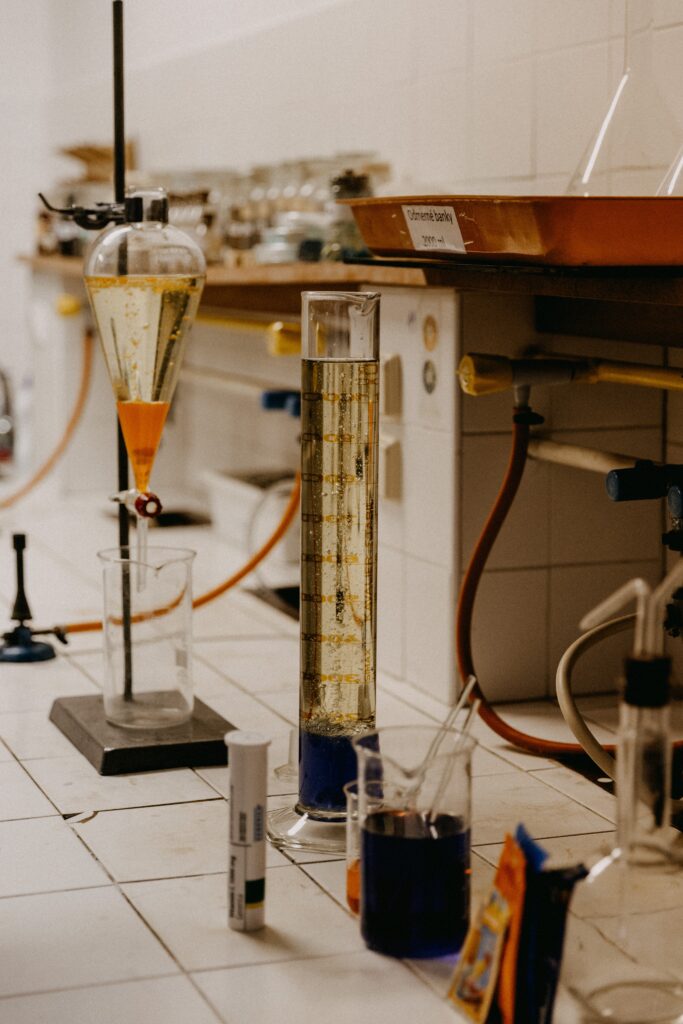The Kinetic Molecular Theory of Gases is a model that describes the behavior of gases based on the motion of their molecules.
Microscopic behavior of individual gas particles helps explain the macroscopic properties of gases, such as pressure, temperature, and volume, according to this theory.
Some Postulate of this theory are as follows:
1. Gas molecules are in constant random motion.
2. Gas molecules are infinitely small with negligible volume.
3. We assume that gas molecules have no intermolecular forces.
4. Gas molecules undergo elastic collisions with each other and with the walls of the container.
5. The average kinetic energy of gas molecules is proportional to the temperature of the gas, and all gas molecules at the same temperature have the same average kinetic energy.
From these postulates, we can derive several important equations and relationships that help us understand the behavior of gases.
First, the average kinetic energy of gas molecules is given by the equation:
K.E(avg) = (1/2)mv2
where KEavg is the average kinetic energy, m is the mass of the molecule, and v is the velocity of the molecule. The temperature of the gas is related to the average kinetic energy of its molecules, we can write:
K.E(avg) = (3/2)kT
where k is the Boltzmann constant and T is the temperature of the gas. This equation tells us that the temperature of a gas is directly proportional to the average kinetic energy of its molecules.
Next, we can use the kinetic theory to derive the ideal gas law, which relates the pressure, volume, and temperature of a gas:
PV = nRT
where P is the pressure,
V is the volume,
n is the number of moles of gas,
R is the ideal gas constant,
T is the temperature. This equation assumes that the gas molecules have negligible volume and that the collisions between the gas molecules and the walls of the container are perfectly elastic.
The random motion of gas molecules and the collisions they undergo with each other. And with the walls of the container explain diffusion and effusion. Which are processed by which gases spread out and mix with each other. Diffusion and effusion are two different processes involving gases.
The kinetic theory of gases is used for explain these processes.
The Kinetic Molecular Theory of Gases is a powerful tool for understanding the behavior of gases. By considering the motion of individual gas molecules, we can derive important equations and relationships that help us explain the macroscopic properties of gases. This theory has applications in many areas of science and engineering, including thermodynamics, chemistry, and atmospheric science.

